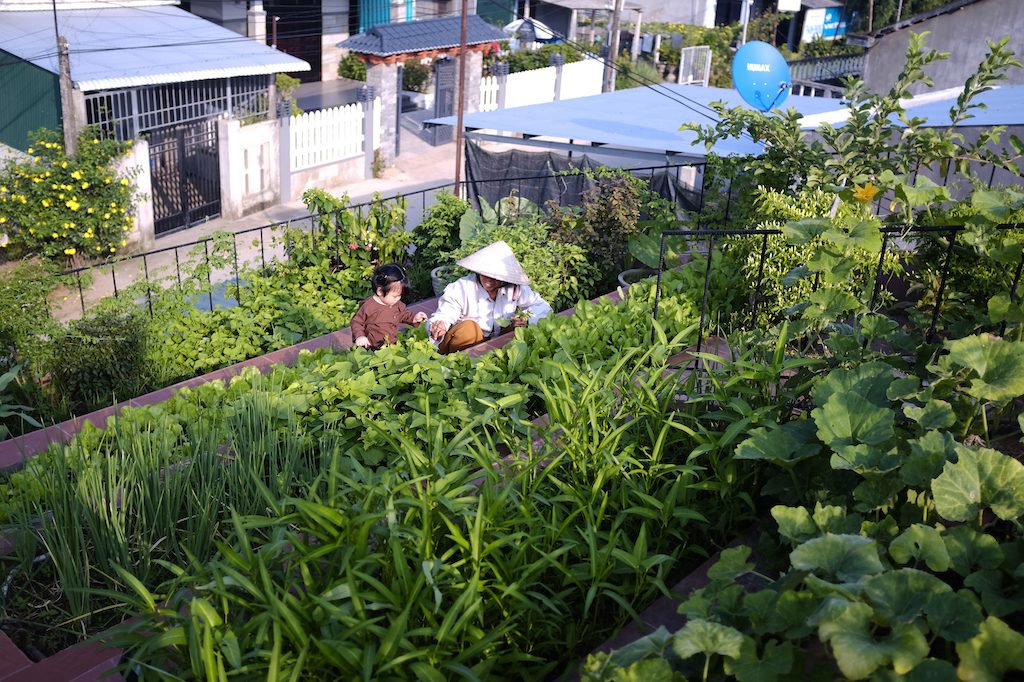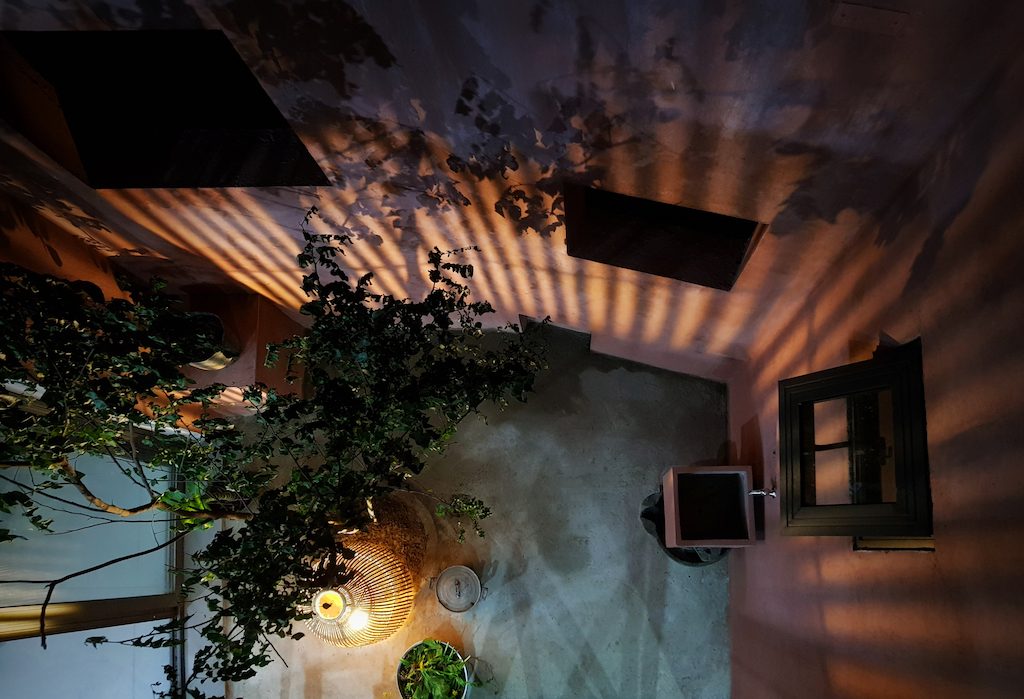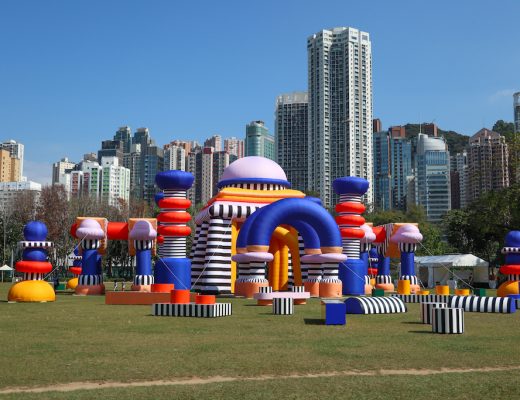Vietnamese architects Nguyen Van Thien and Nguyen Huu Hau of TAA Design have designed a compact 80m² house in a rural area. Located along the main road of the village, the design corresponds with the vernacular typology of the region, despite the fact that urbanisation has changed the architecture and living space of this village to a large extent.

In Vietnamese traditional landscape, “the red roof” house represented for a time of regional local architecture. However, now new multi-storey houses with steel roofs seem to have diluted the identity of the village landscape. The stair-step method reduces the height of the façade, so that outdoor spaces are not overwhelmed and creates a comfortable slope. This establishes the communication between the space on the roof and the space under the road. “The red roof” has the intent to keep, store and remind the familiar rural lifestyle.



New houses with modern styles have disrupted the familiar landscape and lifestyle. The house is meant for a married couple over 50 years, who has been living in this rural area since they were born. “In the search of a new appropriate typology for the context, we were convinced that adapting the new architecture based on the traditional cultural lifestyle of the couple is the most important consideration,” say the architects.

Which is why the vegetable garden, playground and connecting spaces play an important role. Connecting with nature, the couple’s daily activities comprise gardening, and paddy drying.

Vegetable gardens and multi-purpose playgrounds become the soul of houses in this village. In a small site, the ground floor needed to accommodate a lot of complex functions, including bicycle repair space, living room, kitchen, traditional outdoor wood stove, bedrooms, toilets, paddy drying yards, rice warehouse, chicken yard and such. “We proposed small courtyards in the front, middle and back of the house, to connect indoor spaces with nature.

Instead of having a large yard like other houses in the village, we created many courtyards with different heights, suitable for the height of the house structure. On the mezzanine floor, there is a small yard connected to the yard in the middle of the house,” explain the architects.


The rooftop garden is adjacent to the courtyard of the mezzanine floor, creating a playground and vegetable garden that connects from the roof to the ground floor. The products from the garden go directly to everyday meals – fresh and always available. With the couple sharing their products with the neighbouring families, unexpectedly, the architecture has been generating community social interactions as its by-product. The rooftop garden also has the role of insulating the house. The internal temperature is significantly reduced compared to the use of corrugated steel roof.
“The red roof” has the intent to keep, store and remind the familiar rural lifestyle.




